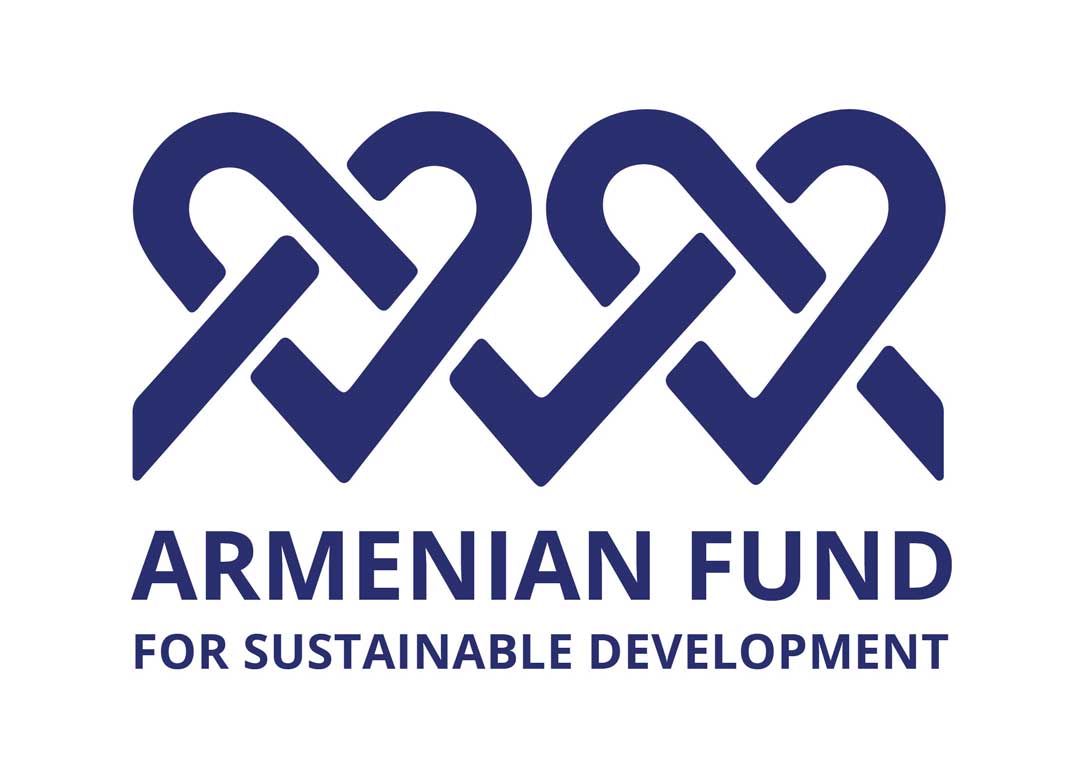The complexity of Artificial Intelligence for laymen.
Almost nothing; it is the first response that I would give to the question in the title.
Although migrants are primarily concerned, they find themselves at the edges of the circle and lag behind all other stakeholders in the area of Migration.
No offense, but I would add that many service providers for migrants, including public agents, have no idea what Artificial Intelligence is.
If you tell them that when they transfer migrant information via automated software to the centralized server and this data is processed with the help of algorithms, they would be confused.
Make a test and ask people around you, who work in administration as public agents and deal with the public service users, not necessarily with migrants, if they know what Artificial Intelligence is and do their services use AI systems?
You would agree with my biased opinion that we have an AI Literacy problem among most public agents.
The logical next question would be: How should then AI and AI systems be explained to migrants by people who directly deal with them but ignore the issue?
When policymakers state that it is essential to demystify AI and ensure the explainability in public services, it is wishful thinking if concretely nothing is done.
Before we go any further, please note that in this article, we will not discuss legal frameworks, watchdogs, economic and organizational benefits of using AI systems, the levels and types of decision-making automation, and process optimization; we are speaking about migrants and their AI literacy.
Let’s come back to migrants.
Despite the status of migrants who could be regular, irregular, legal, or illegal, we will split them into two categories for our discussion.
On one hand, we have migrants, who are highly qualified persons who know what is Artificial Intelligence and AI systems and on another, those who ignore the issue entirely.
The first category sometimes knows even better AI than service providers. They could even ask further questions about the use of their personal data and its protection.
In opposition, those who didn’t have a chance to study in universities in their country of origin already have problems with digital literacy. It is evident that AI and AI systems for them are “hieroglyphs.”
Curiously, both raise AI literacy concerns with different levels of awareness because they don’t’ know how AI systems work.
We know perfectly that these are not migrants who ordered and financed the conception of AI systems that are supposed to yield predictive outputs for policymakers in the area of Migration.
It is logical that behind all these processes stand the motivation of State authorities to anticipate and manage migration flows better.
Recent years were full of initiatives about the digital literacy of migrants, but the AI educational composite wasn’t a prerequisite for the implementation of many projects.
It is not hard to imagine that many migrants have even no time to read what they are signing as a document and filling in forms because many things are done in a rush, and some translators, who are in most cases volunteers do things mechanically.
One may wonder if we have enough time to put in place AI literacy training courses for migrants before they contact the administration for Asylum and Migration Issues.
The answer is no. It is out of the question to put in place AI and machine learning training for migrants.
However, a mention of the use or non-use of AI systems in the decision-making process clearly visible with the link to the background information in layman’s terms would be a step toward transparency.
It would be beneficial to implement informative awareness-raising campaigns and comprehensively convey core ideas of AI and Ai systems to avoid accusations of the opacity of decisions.
For a quick refresher, Asylum and Migration are classified as High-risk sectors in the EU for the use of AI systems with multiple strict obligations for all interested parties.
In my previous article, I gave some very simple examples of the impossibility of making entire algorithmic decision-making in the sector.
However, impossible doesn’t mean that the use of AI systems is prohibited.
It signifies that the use of AI systems is possible in the migration sector and could be authorized in compliance with existing regulations.
In this context, migrants have the “right to know” if any AI system, including semi-automated or automated decision support, had been used while processing their personal cases before a decision was made.
If so, migrants should have the possibility to ask how their data is collected and shared because they have the right to access information. After all, the use of AI systems should be trustworthy!
Final thoughts
There is a very interesting state of play, and without hurting anyone, we need to be frank with ourselves.
When we speak about migrants, almost everyone would think about people who came to YOUR country for economic or political reasons, and all of them are in vulnerable situations.
Some readers may also wonder, after all, I am not a migrant; why then do I need to be concerned about this issue.
You should, because you too may become a migrant and emigrate one day, not forcibly for political or security reasons but an overseas, highly paid, exciting employment opportunity.
Disclaimer: The views and opinions expressed in this presentation are those of the authors and do not necessarily reflect the official policy or position of the AF4SD and its partners.
By Andranik VAN
Apr 7, 2022
